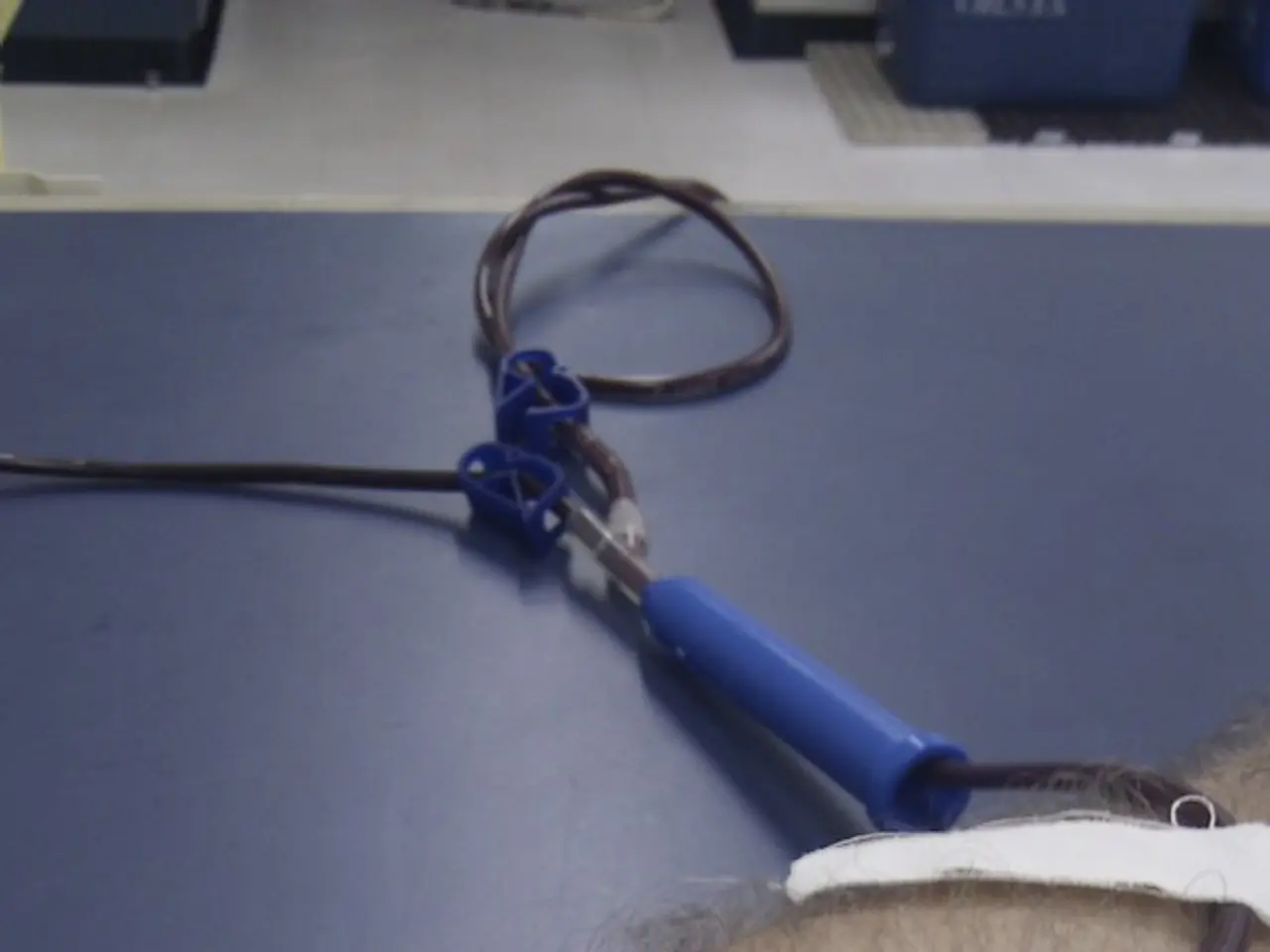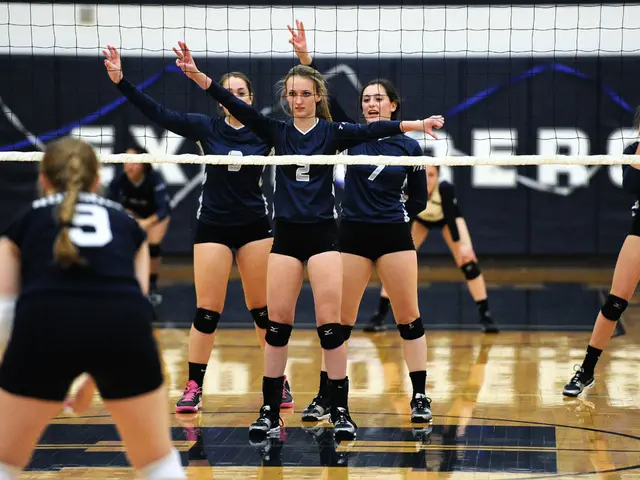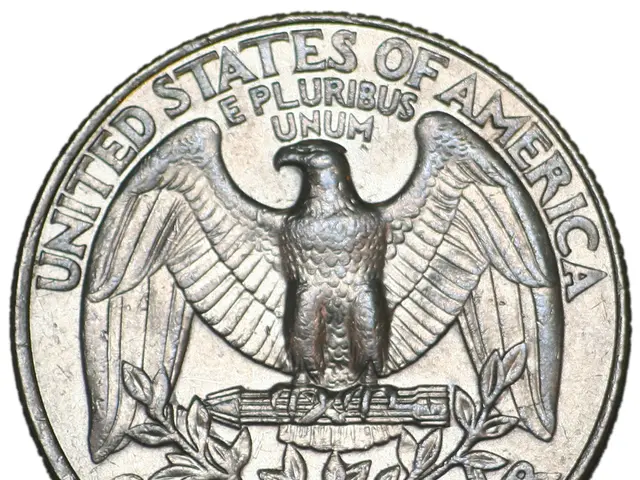Understanding Distinctions Between Varicose Veins and Deep Vein Thrombosis: Key Insights
In the world of venous health, two conditions stand out: varicose veins and deep vein thrombosis (DVT). While they may seem similar, these two conditions are distinct and require different approaches to treatment.
Varicose Veins
Varicose veins are a common issue that affects superficial blood vessels near the skin region. They are characterised by dilated, twisted veins that can be seen visibly under the skin, often in the legs. The cause of varicose veins is typically due to valve failure in superficial veins, leading to pooling and visible vein enlargement.
Risk factors for varicose veins include family history, smoking, obesity, pregnancy, and hormone replacement. Symptoms may include visible, bulging veins; aching, heaviness, or fatigue in the legs; and swelling, although it is usually bilateral or affecting both legs and ankles. Complications of varicose veins can include chronic venous insufficiency, ulcers, and bleeding from veins.
Treatment for varicose veins often involves compression stockings, leg elevation, exercise, and various procedures such as sclerotherapy, laser or surgical vein removal. For those in Dubai, there are numerous varicose veins treatment clinics available to help manage this condition.
Deep Vein Thrombosis (DVT)
On the other hand, DVT is a more serious condition that occurs when blood clots form in deeper veins, usually in the pelvis, leg, or thigh areas. This condition is central to the Virchow triad, which includes hypercoagulability, endothelial damage, and venous stasis.
Risk factors for DVT include prolonged immobilization, surgical treatment, injury, heart problems, a history of pulmonary embolism, and Crohn's disease. Symptoms of DVT are more acute and include sudden swelling, pain, and tenderness in one leg (often calf or thigh); asymmetrical presentation; skin discoloration/redness; warmth over the affected area; and pain worse with movement.
If left untreated, DVT can lead to severe complications such as pulmonary embolism, a life-threatening condition. Treatment for DVT focuses on preventing further clot growth and dissolving existing clots. This may involve anticoagulant medications, thrombolytics in some cases, compression stockings, and in severe cases, surgery or the use of Inferior vena cava filters.
In conclusion, while both varicose veins and DVT can cause leg pain and swelling, they are distinct conditions with different causes, symptoms, risk factors, and treatments. Understanding the differences between these two venous issues is crucial in ensuring the right treatment is sought. If you are experiencing symptoms of either condition, it is essential to seek medical advice promptly.
Science, especially within the medical-conditions domain, distinguishes varicose veins and deep vein thrombosis (DVT) despite their connections to health-and-wellness issues related to the legs. Varicose veins, often identified by dilated, twisted veins visible under the skin, have risk factors that include family history, obesity, and hormone replacement, while DVT originates in deeper veins due to factors like prolonged immobilization and heart problems, and can lead to life-threatening complications like pulmonary embolism if left untreated.








